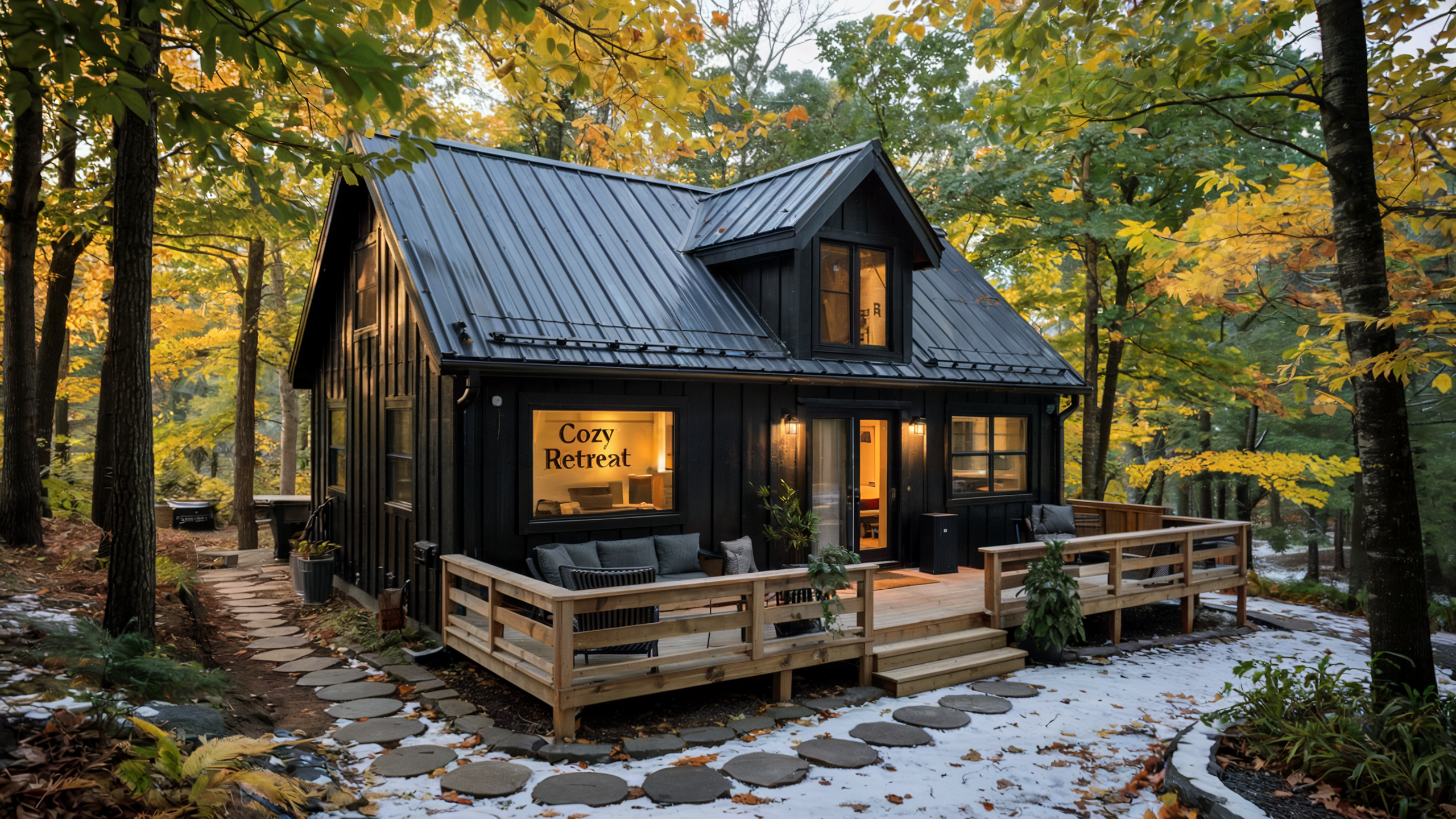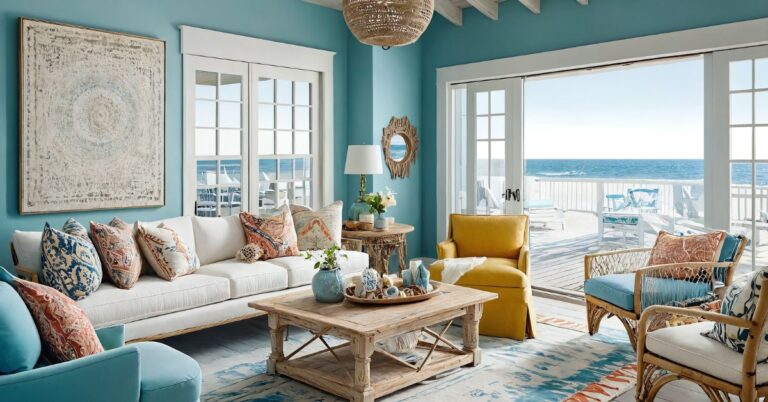Ah, cabins! Who doesn’t dream of escaping the concrete jungle for a cozy retreat nestled among trees?
But let’s face it – nobody wants to rough it in a dark, musty log structure anymore.
Modern cabin design has completely transformed what we expect from these woodland getaways.
I’ve spent the last five years renovating my own mountain retreat, and trust me, I’ve made every mistake in the book so you don’t have to.
Ready to create a space that’s both Instagram-worthy and actually livable? Let’s get into it!
Finding the Perfect Balance Between Rustic and Modern
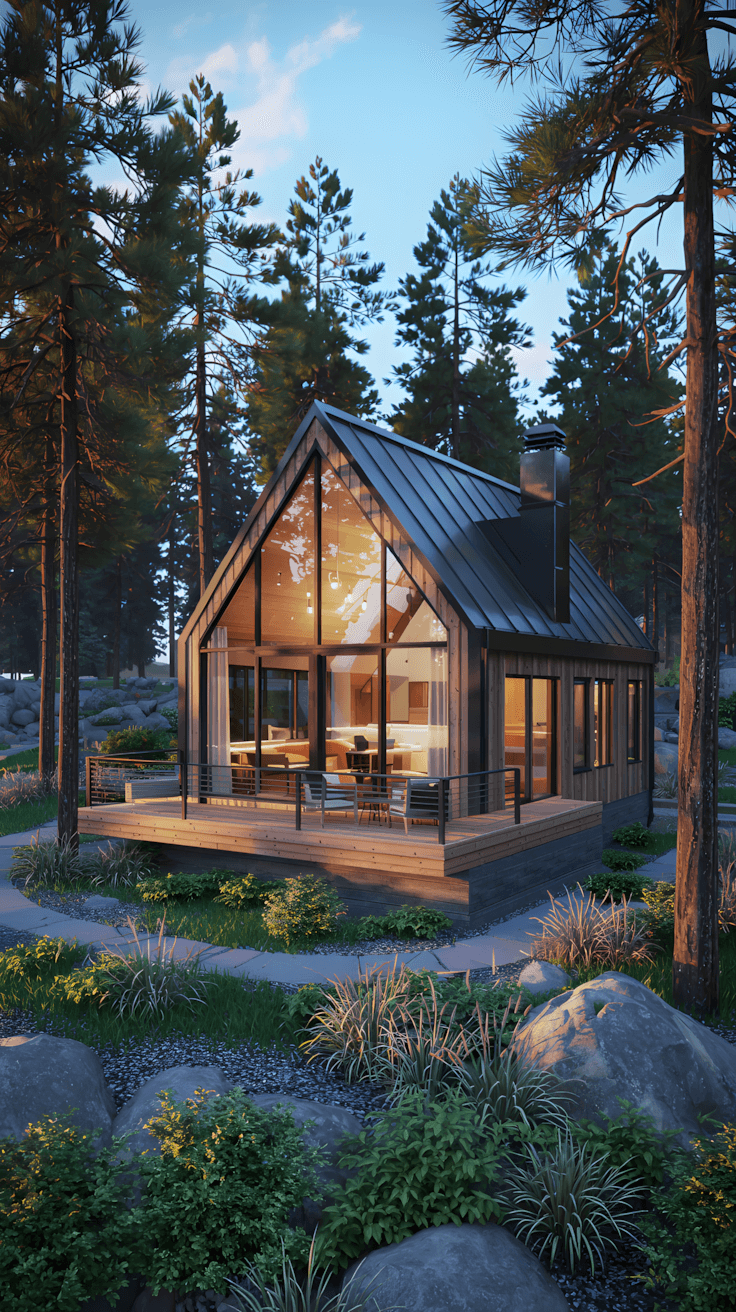
Ever wondered why some cabins feel like time machines to the 1970s while others look like they belong in an architectural magazine? It all comes down to balance.
The secret sauce of modern cabin design is knowing when to embrace traditional elements and when to introduce contemporary flair.
I learned this the hard way after initially going too minimalist with my place –
turns out sleeping in what feels like a sterile doctor’s office isn’t exactly the cozy wilderness experience I was after. :/
When planning your cabin, consider these elements:
- Natural materials with a twist – Think reclaimed wood paired with black metal fixtures
- Strategic rustic touches – A statement antler chandelier or stone fireplace can anchor the space
- Clean lines – Skip the overly ornate woodwork for more streamlined profiles
The most successful modern cabins honor their rustic roots while boldly embracing current design trends.
My favorite approach? Start with a neutral, contemporary base and layer in rustic elements as accents rather than letting them dominate.
Maximizing Light and Space: The Modern Cabin Must-Have

If there’s one thing that separates old-school cabins from their modern counterparts, it’s the approach to light and space.
Traditional cabins can feel like gloomy caves – not exactly the vibe most of us are going for!
Modern cabin design prioritizes brightness and openness. After spending a weekend in my friend’s traditional dark-wood cabin,
I came home and immediately added three new windows to my renovation plans. Best decision ever.
Window Placement Strategies
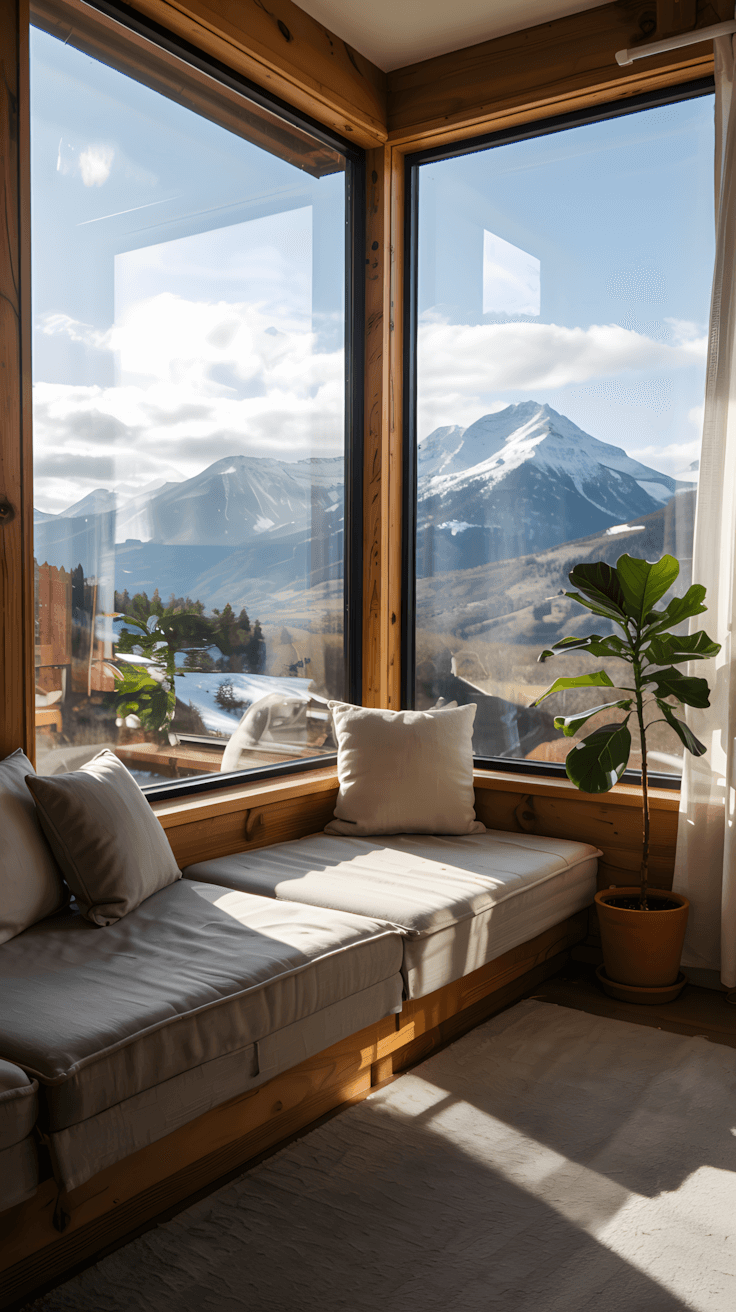
The right windows can transform your cabin experience. Consider these approaches:
- Floor-to-ceiling windows in main living areas to frame nature views
- Clerestory windows to bring light deep into the space without sacrificing privacy
- Corner windows that create dramatic sightlines and unexpected light patterns
FYI, strategic window placement isn’t just about aesthetics – it can dramatically reduce your lighting and heating costs by harnessing natural light and solar gain.
Open Floor Plans That Actually Work
Open concept spaces are practically mandatory in modern cabin design, but they need thoughtful execution to function well.
After living in my too-open cabin for a month, I quickly realized we needed some visual dividers to define spaces without blocking light or views.
Try these techniques to create definition in open layouts:
- Use area rugs to establish zones without walls
- Install partial walls or built-in shelving as room dividers
- Create subtle ceiling height variations to delineate different functional areas
The goal isn’t to create one massive space but rather a flowing series of connected areas that each serve their purpose while maintaining the open, airy feel.
Materials That Make a Statement
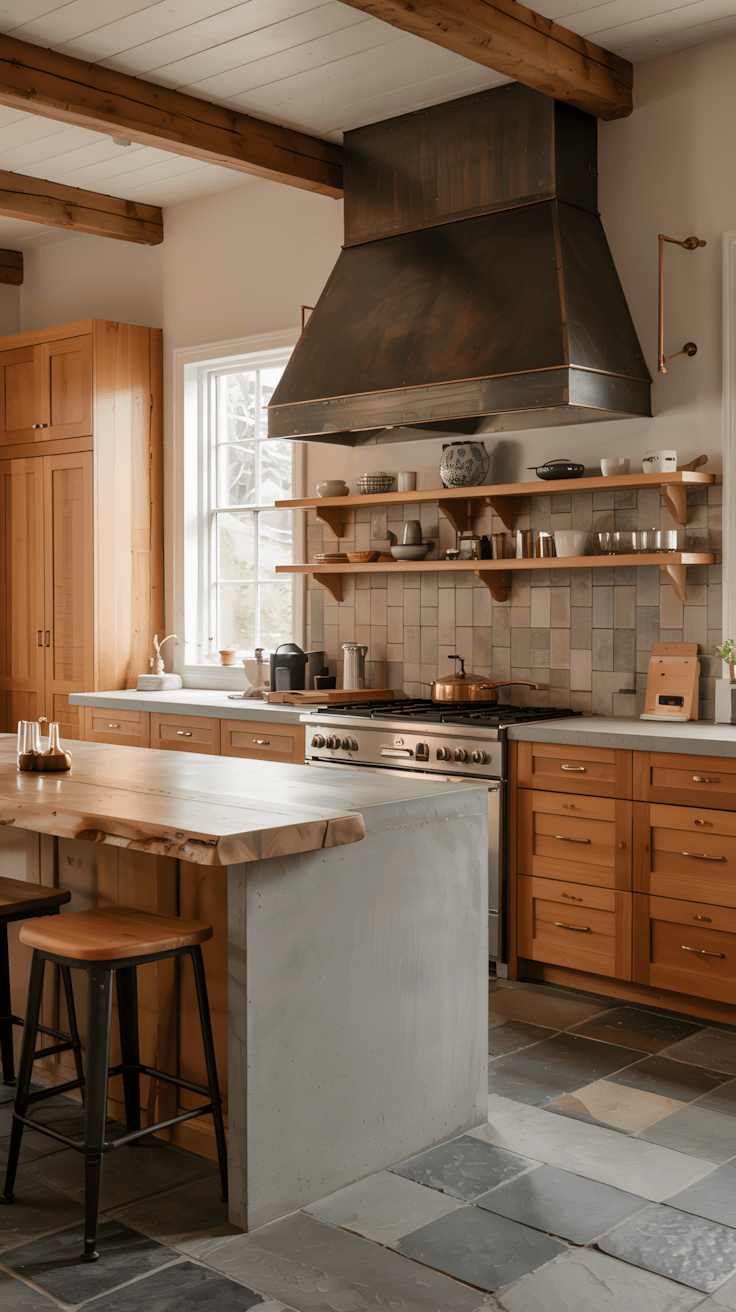
Modern cabin design excels in interesting material combinations. The days of wood-on-wood-on-more-wood are thankfully behind us.
Instead, today’s most striking cabins feature thoughtful material contrasts.
The New Cabin Materials Palette
- Concrete floors with radiant heating (absolute game-changer during winter months)
- Metal roofing that’s both practical and visually distinctive
- Large-format tiles in bathrooms and kitchens for a contemporary touch
- Glass railings that preserve views while maintaining safety
When I replaced my cabin’s rotting deck railings with glass panels, the entire space felt twice as large.
Sometimes the materials you don’t see make the biggest impact!
Sustainable Choices for the Conscious Cabin Owner
Sustainability isn’t just trendy – it makes particular sense for cabin construction. Modern cabin design often incorporates:
- Recycled and reclaimed materials with history and character
- Locally-sourced stone and timber that reduce transportation emissions
- High-performance insulation and windows that drastically cut energy use
My cabin’s insulation upgrade paid for itself in under two years. Who says being eco-friendly can’t also be budget-friendly?
Bringing the Outdoors In (Without the Bugs)

The whole point of a cabin is connecting with nature, right? Modern cabin design takes this relationship to new levels by blurring the boundaries between indoor and outdoor spaces.
Transition Spaces That Work Year-Round
The best modern cabins feature thoughtfully designed transition areas:
- Covered porches that extend living space regardless of weather
- Three-season rooms with retractable screens or windows
- Indoor-outdoor kitchens that make entertaining a breeze
I added a screened porch with a wood-burning stove to my cabin, and now it’s everyone’s favorite spot from April through November.
Best investment of the entire renovation, hands down.
Interior Design That Complements the Setting
Ever been in a space that fights against its surroundings? Nothing feels more jarring than a cabin interior that ignores the landscape outside.
Modern cabin interiors should:
- Reflect the color palette of the surrounding environment
- Frame views as intentionally as you would artwork
- Use textures that echo natural elements like stone, water, and foliage
When choosing colors for my cabin, I literally took photos of the forest outside during different seasons and pulled my palette from there. The resulting space feels like a natural extension of the landscape.
Smart Technology: The Hidden Hero of Modern Cabins
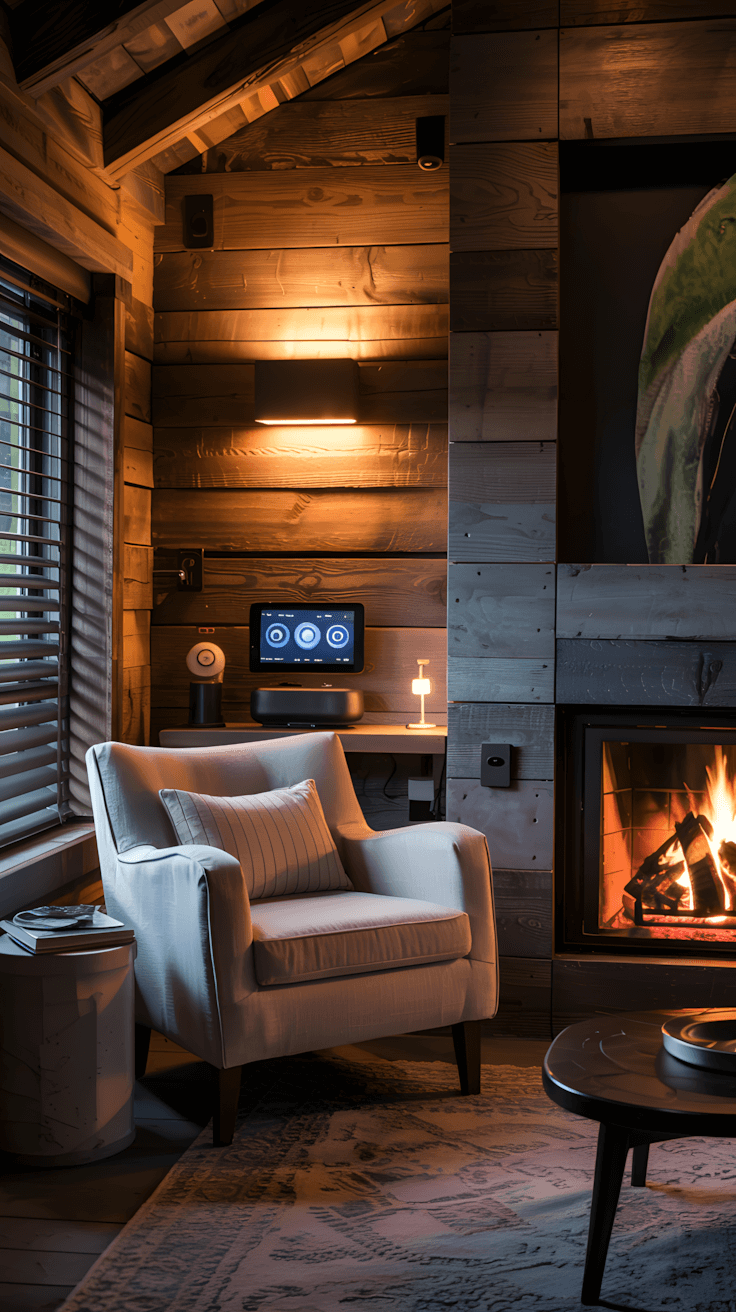
Here’s where modern cabin design really separates itself from traditional approaches.
Today’s cabins can incorporate technology that enhances comfort without compromising atmosphere.
Invisible Tech Upgrades
The best tech additions to a cabin are ones you barely notice:
- Smart thermostats that learn your patterns and adjust accordingly
- Discreet lighting systems with programmed scenes for different activities
- Water-monitoring systems that protect against freeze damage when you’re away
IMO, technology in a cabin should solve problems without creating visual distraction.
My cabin’s smart systems let me preheat the space before arrival and monitor for water leaks when I’m away – total peace of mind without any tech-heavy aesthetic.
Connectivity Without Distraction
Let’s be real – most of us want to disconnect at our cabin, but still need basic connectivity for safety and occasional work. Finding this balance is crucial.
Consider:
- Designated tech areas that can be closed off when not in use
- Wired internet connections in specific locations instead of blanketing the space with Wi-Fi
- Sound systems that prioritize quality over volume for ambient background music
My cabin has exactly one spot with reliable cell service. We’ve turned it into a joke – “the phone booth” is a small deck area where people can take necessary calls without bringing tech energy into the main living spaces.
Small Space Solutions for Cabin Living
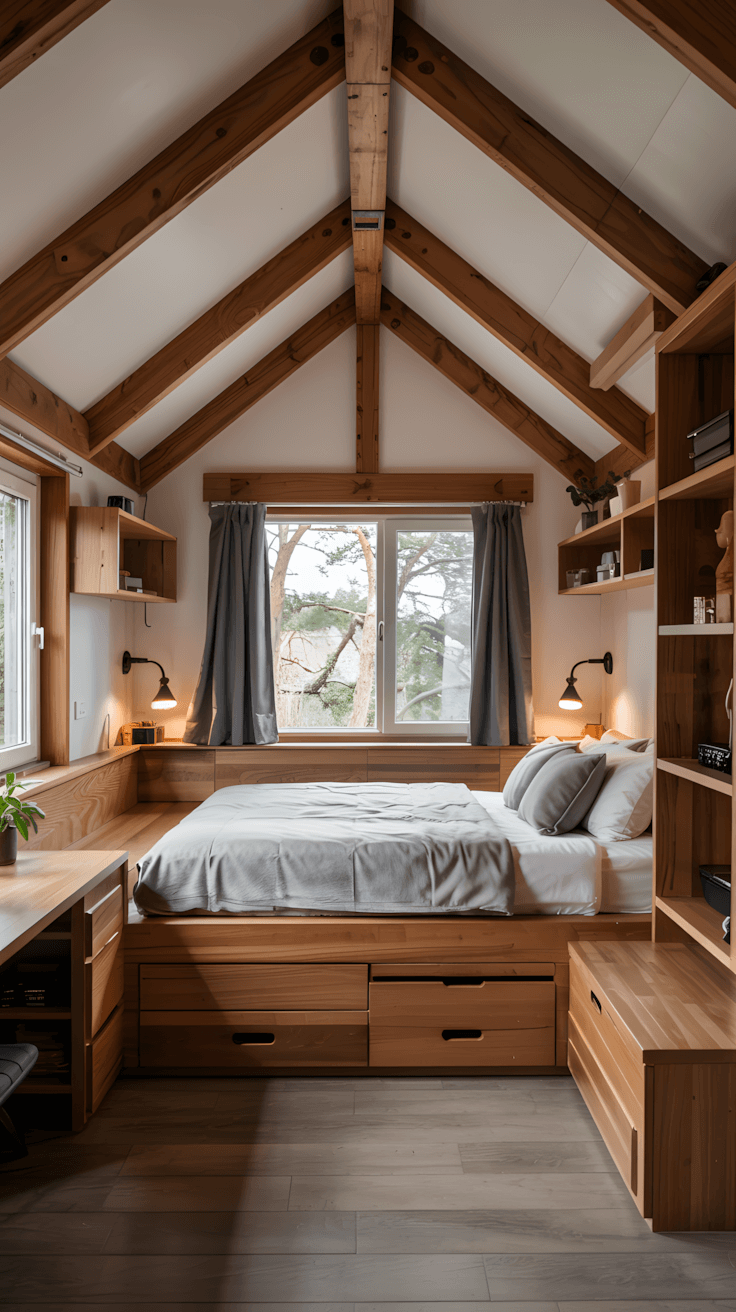
Not every cabin is a sprawling luxury retreat. In fact, the most environmentally and financially sustainable cabins tend to be modest in size.
Modern cabin design excels at making small spaces feel generous.
Multi-Purpose Rooms and Furniture
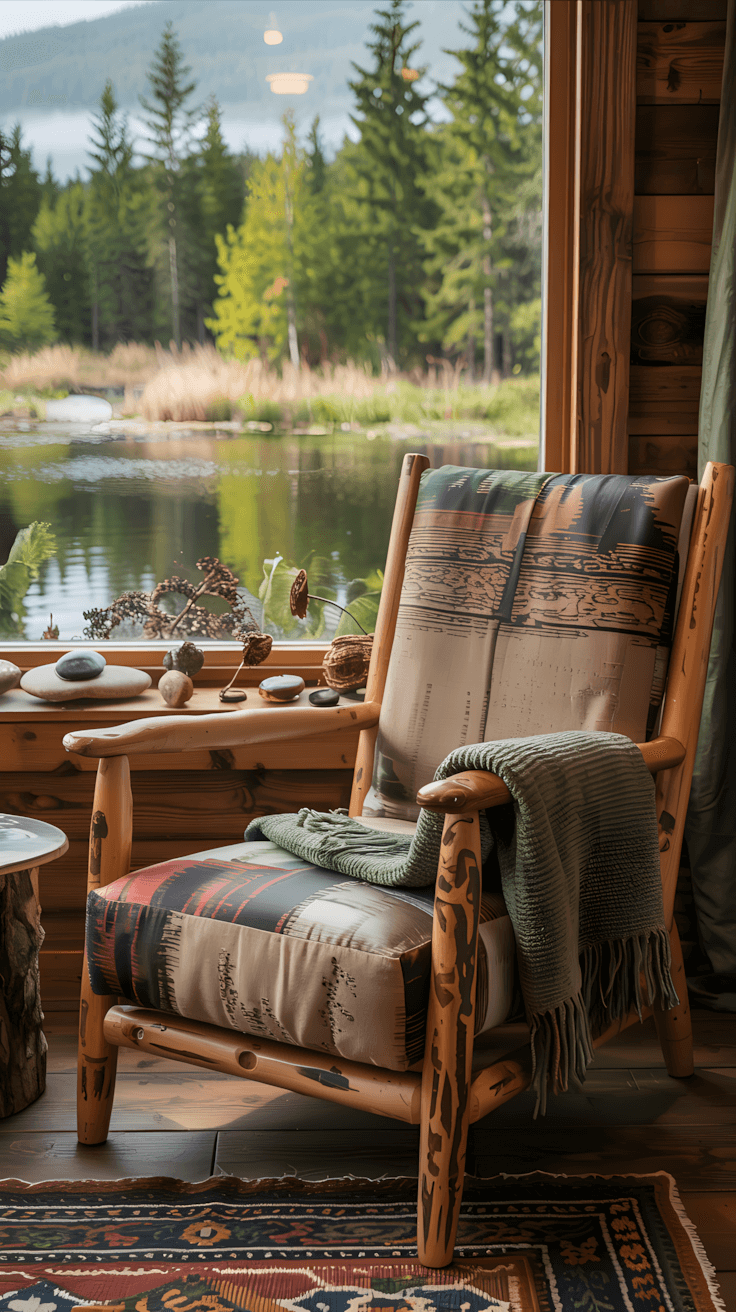
When square footage is limited, flexibility becomes essential:
- Murphy beds and sleeper sofas that transform spaces from day to night
- Dining tables that adjust from intimate meals to game nights
- Built-in storage that eliminates the need for bulky furniture
I’ve seen amazing 500-square-foot cabins that feel spacious and complete because every inch was thoughtfully planned.
Sometimes limits inspire the most creative solutions!
Visual Tricks That Expand Space
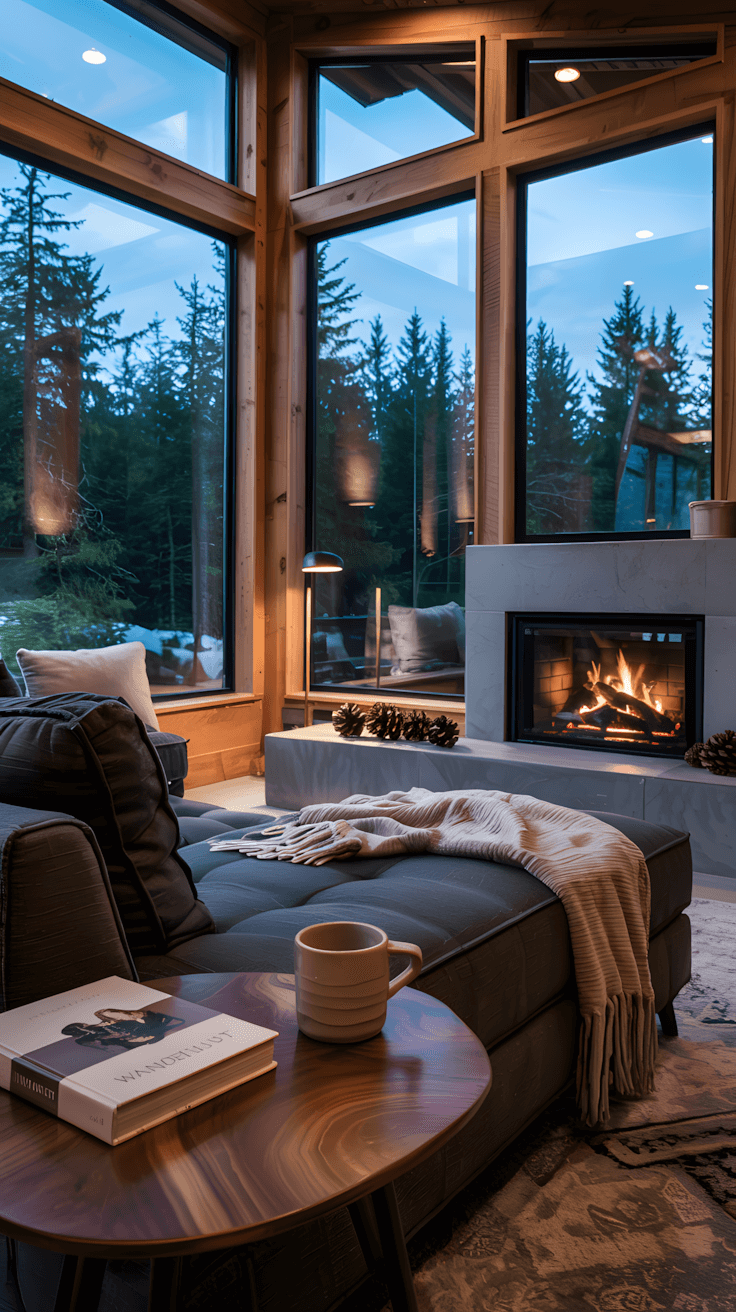
Modern cabin design employs several visual techniques to make compact spaces feel larger:
- Consistent flooring throughout to create flow
- Vaulted ceilings that draw the eye upward
- Built-in furniture that reduces visual clutter
The smallest cabin I ever stayed in used a continuous wood ceiling that extended to a covered deck, creating the illusion that the living room was twice its actual size.
Brilliant design doesn’t always require more square footage.
Conclusion
Creating a modern cabin is about honoring tradition while embracing innovation – finding that sweet spot where comfort meets contemporary style.
Whether you’re building from scratch, renovating an existing structure, or just dreaming about your future retreat, focusing on light, materials, connection to nature,
and thoughtful technology will guide you toward cabin nirvana.
After my own cabin journey, I can tell you that the process isn’t always Instagram-perfect.
You’ll make mistakes, change direction, and probably go over budget.
But that first evening when you’re sitting in your finished space, watching the sunset through carefully placed windows while feeling completely at home in the wilderness?
Absolutely priceless.
Now who’s ready to ditch the city and get building? 🙂

